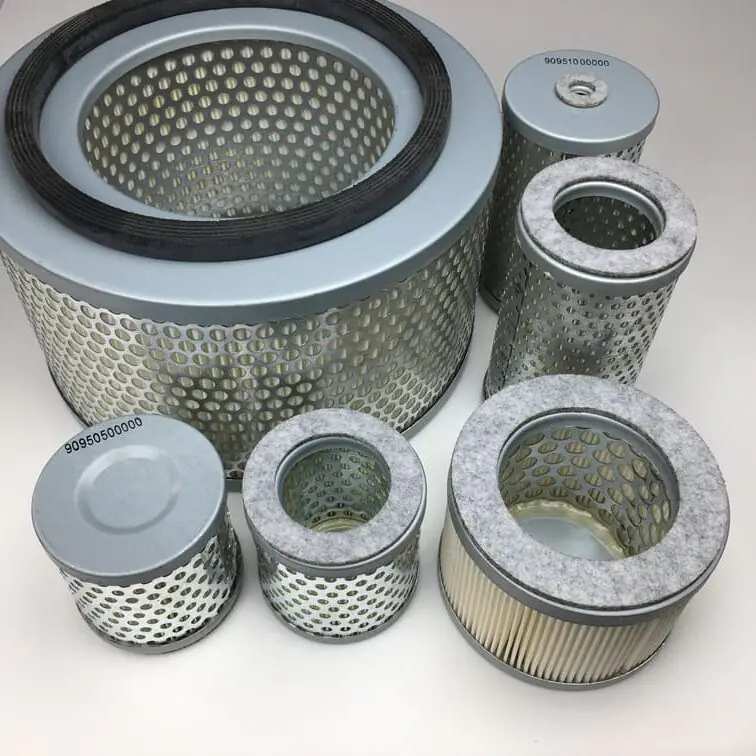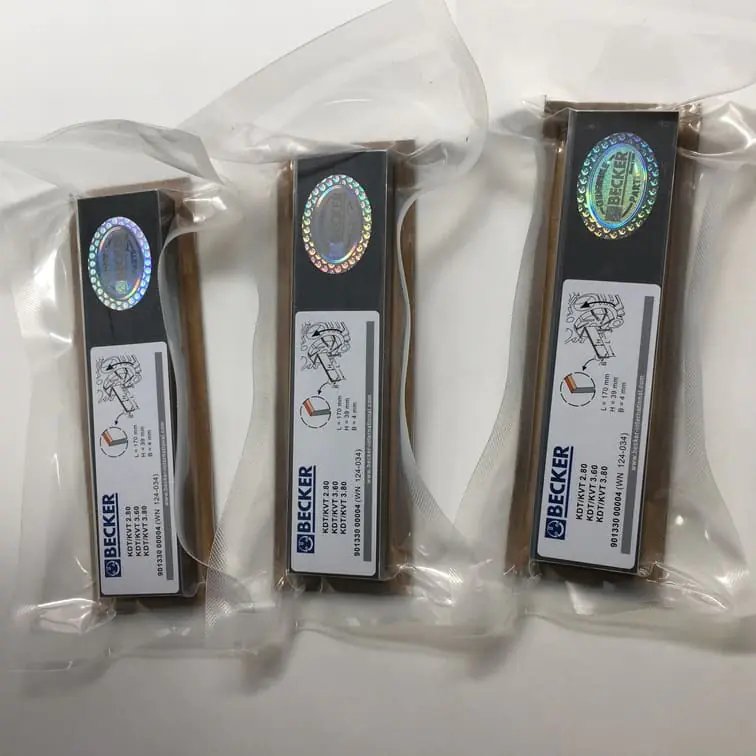How to Test Mercedes Vacuum Pump
If you’re dealing with performance issues in your Mercedes vehicle, especially if it’s a diesel or an older model, it might be time to test your vacuum pump. The vacuum pump is critical for several systems in a car, including the brake booster, HVAC system, and door locks. This article will take you through the steps required to test the Mercedes vacuum pump effectively. You will also learn about the tools needed, potential issues, and the role of the vacuum pump in overall vehicle performance.
What is a Mercedes Vacuum Pump?
A vacuum pump in a Mercedes is an essential component that ensures various systems in the car work seamlessly. It creates vacuum pressure needed by multiple systems such as the brake booster, HVAC control, and door locking system. In Mercedes diesel engines, the vacuum pump is particularly vital since these engines do not naturally create sufficient vacuum for brake systems.
Importance of a Vacuum Pump in Mercedes
The vacuum pump’s functionality affects several components in your Mercedes:
- Brake Booster: Assists in providing power braking capability, reducing the effort needed to stop the car.
- HVAC System: Helps in controlling the air direction in your heating and cooling system.
- Door Lock System: Many Mercedes vehicles use a vacuum-based door lock system, making the pump critical for secure locking.
| Component | Role of Vacuum Pump |
|---|---|
| Brake Booster | Provides vacuum to reduce pedal effort for braking |
| HVAC System | Directs airflow to the desired vents |
| Door Lock System | Powers the vacuum-actuated door locks |
“The vacuum pump plays a crucial role in ensuring your Mercedes performs safely and comfortably.”
Tools Needed to Test a Mercedes Vacuum Pump
Before beginning the test, gather the following tools to ensure the process goes smoothly:
Essential Tools
- Hand Pump with a Gauge: A manual vacuum pump helps test the pressure generated by the vacuum pump. It also allows for manual vacuum application to specific components.
- Vacuum Gauge: To measure the vacuum pressure accurately.
- Check Valve: Ensures that air doesn’t flow back into the system while testing, which could provide false readings.
- Rubber Tubing: Used to connect the hand pump or gauge to the vacuum lines in your car.
| Tool | Purpose |
|---|---|
| Hand Pump | Manually applies vacuum to test various components |
| Vacuum Gauge | Measures the vacuum pressure |
| Check Valve | Prevents backflow, ensuring accurate readings |
| Rubber Tubing | Connects different testing tools to vacuum lines |
Step-by-Step Guide: How to Test Your Mercedes Vacuum Pump
Step 1: Locate the Vacuum Pump
The first step is to locate the vacuum pump in your Mercedes. Typically, the vacuum pump in diesel Mercedes models is located on the engine, often near the brake booster or directly attached to the camshaft.
- Mercedes Diesel Models: The vacuum pump is often found on the side of the engine block.
- Petrol Models: It may be integrated into the braking system or located near the engine’s valve cover.
Tip: Refer to your car’s manual to find the exact location of the vacuum pump.
Step 2: Inspect the Vacuum Lines
Check the vacuum lines for any visible damage or wear. Cracked or loose hoses can lead to vacuum leaks, making the pump ineffective. Ensure that all lines are securely connected and free of blockages.
- Look for Cracks: Visually inspect the lines for any wear or damage.
- Tight Connections: Ensure all connections are tight and secure, with no air leaks.
Step 3: Connect the Hand Pump to the Vacuum System
Attach a hand vacuum pump to the vacuum line that runs from the pump to the brake booster or other systems. Use rubber tubing to make a secure connection. Make sure you connect the gauge or hand pump in such a way that it can measure the pressure being generated.
- Secure Connections: Use rubber tubing to make tight connections.
- Check Valve Installation: Install the check valve to prevent any backflow during testing.
| Step | Description |
|---|---|
| Locate Vacuum Pump | Find the pump based on the car model |
| Inspect Vacuum Lines | Look for any visible damage or looseness |
| Connect Hand Pump | Attach the pump to the system for pressure tests |
Step 4: Pump and Monitor the Gauge
With the hand pump connected, begin to pump manually while observing the gauge. A properly functioning vacuum pump should generate between 15-20 inches of Hg (mercury). If your readings are significantly lower, it could indicate a problem with the pump or a vacuum leak in the system.
- Manual Pumping: Begin pumping while watching the gauge closely.
- Check Pressure: Note the vacuum pressure and compare it to the manufacturer’s recommended range.
“A healthy vacuum pump in a Mercedes should maintain a pressure of at least 18 inches of Hg.”
Step 5: Test the Brake Booster and Other Components
Once you confirm that the vacuum pump is working, it is time to check other components that rely on vacuum pressure, such as the brake booster and HVAC controls. If the vacuum pressure drops rapidly, there could be a leak in the system, which may require further investigation.
- Brake Booster Check: Ensure the booster maintains sufficient pressure.
- HVAC Testing: Switch the air direction to ensure the vents operate as commanded.
Step 6: Observe for Vacuum Leaks
If the vacuum pump is not generating enough pressure, or if the pressure drops too quickly, you may have a vacuum leak. Common areas for leaks include:
- Vacuum Reservoir: Check for cracks or damages.
- Supply Lines: Look for loose fittings or wear.
- Connections: Ensure all connections are tight and free from air leaks.
Common Issues with Mercedes Vacuum Pumps
1. Vacuum Leaks
Vacuum leaks are one of the most common issues. Over time, rubber hoses and connectors can crack or wear out, leading to insufficient pressure. A vacuum leak can lead to reduced braking efficiency and inconsistent HVAC performance.
How to Identify a Leak:
- Use a hand pump to apply vacuum and monitor for drops in pressure.
- Listen for a hissing sound, which indicates air escaping.
2. Faulty Check Valve
The check valve ensures that the vacuum is maintained within the system even when the pump is not running. A faulty valve can allow air to flow backward, reducing the effectiveness of your vacuum system.
Solution: Replace any check valve that does not allow the system to hold vacuum pressure.
3. Worn Vacuum Pump
A vacuum pump can wear out over time, particularly in high-mileage Mercedes vehicles. If your vacuum pump fails to generate enough pressure, it might be time to replace it.
- Symptoms: Reduced braking power, difficulty in controlling HVAC direction, or issues with door locking.
| Issue | Symptoms | Solution |
|---|---|---|
| Vacuum Leak | Hissing noise, reduced pressure | Inspect and replace damaged lines |
| Faulty Check Valve | Inability to maintain vacuum | Replace faulty check valve |
| Worn Vacuum Pump | Reduced brake efficiency, HVAC problems | Replace the vacuum pump |
Frequently Asked Questions
1. How do I know if my Mercedes vacuum pump is failing?
You may notice reduced braking efficiency, trouble with the HVAC system, or difficulties in door locking. Using a hand pump to test the vacuum pressure can help confirm failure.
2. Can I drive with a faulty vacuum pump?
Driving with a faulty vacuum pump can be dangerous, especially because it impacts braking efficiency. It’s best to address any vacuum pump issues immediately.
3. What causes a vacuum pump to fail?
A vacuum pump may fail due to wear and tear, especially in high-mileage vehicles. Vacuum leaks and faulty components like check valves can also cause the pump to underperform.
4. How much vacuum should a Mercedes vacuum pump produce?
A healthy vacuum pump should produce between 15-20 inches of Hg. If the reading falls below this, it could indicate a problem.
5. Can I test my vacuum pump without specialized tools?
While it is possible to perform a basic visual inspection, you will need tools like a hand vacuum pump and gauge to accurately test vacuum levels.
Conclusion
Testing the vacuum pump in a Mercedes is an important maintenance task that helps keep several crucial systems in working order. The pump supports braking efficiency, HVAC control, and other components, making it essential for safety and comfort. By following the steps outlined in this guide, you can accurately diagnose vacuum issues and ensure that your vehicle runs smoothly. Whether you need to inspect vacuum lines, use a hand pump, or replace faulty parts, understanding the role of the vacuum pump is key to effective maintenance.
For the best results, always use high-quality replacement parts and consult a professional if you encounter issues beyond basic repairs.




